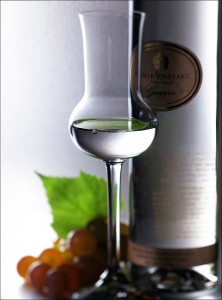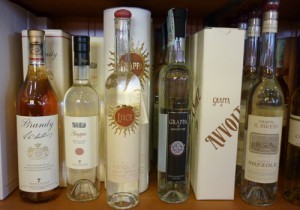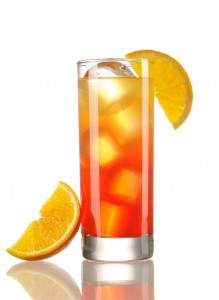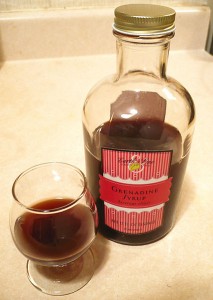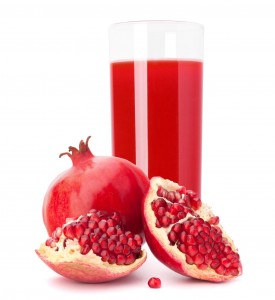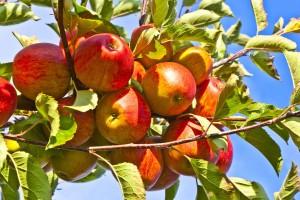 Applejack, a type of brandy made from apple cider, was one of the most popular beverages in colonial America. Applejack was historically made by a traditional method known as freeze distillation, involving leaving apple cider outside to freeze, and chipping off chunks of ice in order to concentrate the alcohol content. The term applejack derives from jacking, a term for freeze distillation.
Applejack, a type of brandy made from apple cider, was one of the most popular beverages in colonial America. Applejack was historically made by a traditional method known as freeze distillation, involving leaving apple cider outside to freeze, and chipping off chunks of ice in order to concentrate the alcohol content. The term applejack derives from jacking, a term for freeze distillation.
In 1780, soon after the American Revolution, the new nation’s first distillery permit – U.S. License #1 – was granted to a producer of apple brandy, Laird’s Distillery of Scobeyville, New Jersey. Laird’s had been producing applejack since 1760 and supplied brandy to George Washington’s troops during the revolutionary war. Laird’s applejack was later used as currency to pay road construction crews during the colonial period. 1933, Laird & Company was granted a federal license under the Prohibition Act to produce apple brandy for “medicinal purposes”, allowing the company to resume operations prior to repeal.
Applejack is still produced by Laird’s distillery, albeit using modern distillation methods. The distillery is now located in Virginia near the source of their apples but the historic New Jersey site is still maintained for use in maturing and bottling the spirits. Laird’s Applejack is a blend of 35% apple brandy and 65% neutral spirits.
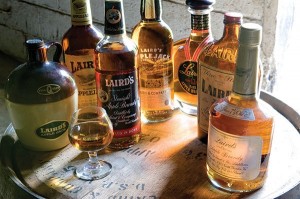 The company also produces Old Apple Brandy (aged for 7 ½ years), 12 year old rare apple brandy, and Laird’s Bottled-In-Bond Straight Apple Brandy (100 proof). For many years Laird’s was the only producer of apple brandy in America, however, several other distillers in the United States, notably the Germain-Robin craft distillery in California, are now producing apple brandy.
The company also produces Old Apple Brandy (aged for 7 ½ years), 12 year old rare apple brandy, and Laird’s Bottled-In-Bond Straight Apple Brandy (100 proof). For many years Laird’s was the only producer of apple brandy in America, however, several other distillers in the United States, notably the Germain-Robin craft distillery in California, are now producing apple brandy.
Despite the history, the terms applejack and apple brandy are now used synonymously in the United States. Demand for apple brandy declined in the 1960s, but the spirit is seeing a renewed interest among mixologists. The classic cocktail made with applejack is the “Jack Rose,” a blend of applejack, lemon juice, and grenadine.
Click here to return to the SWE Website.
